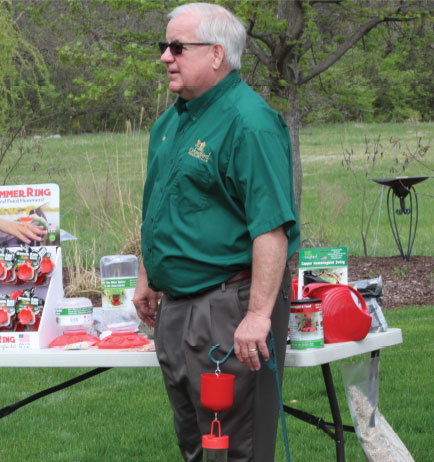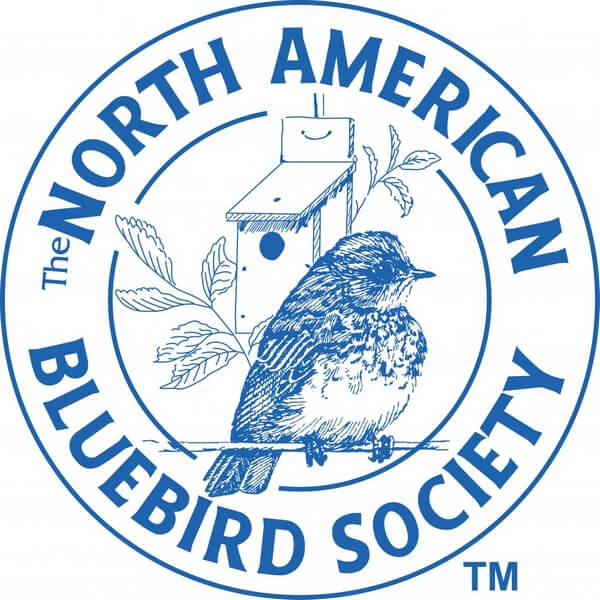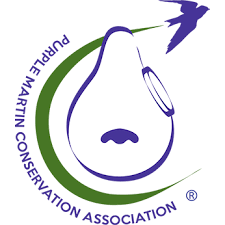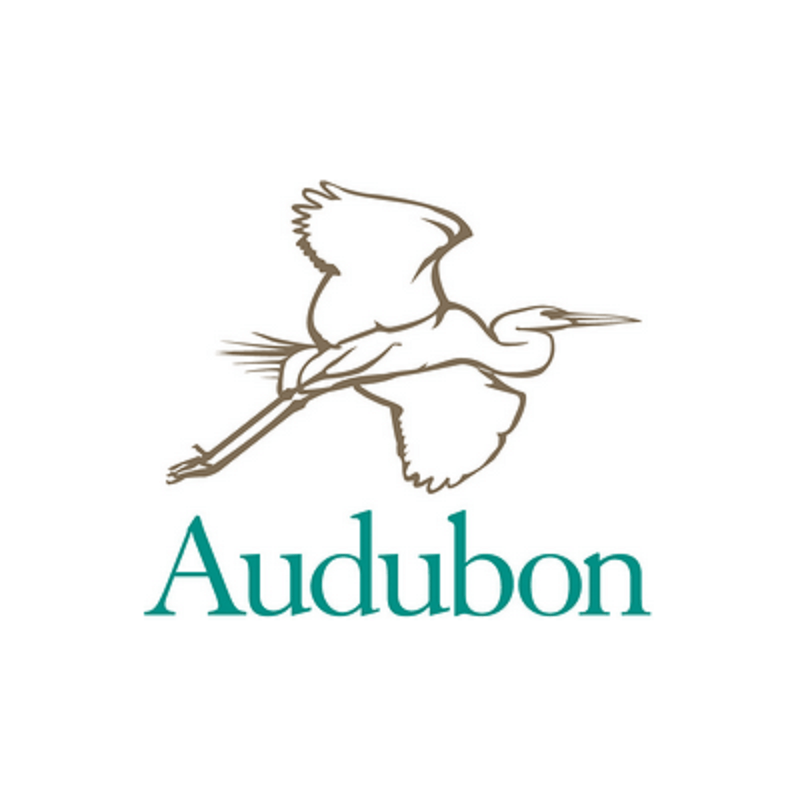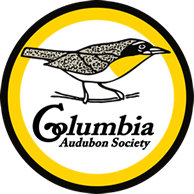
Copyright ©2025 Song Bird Essentials. All rights reserved.
Site Development: PennDev, LLC
One of the most common, familiar and loved wild birds, American Robins are often viewed as the “first bird of spring.” They’re easy to attract to backyards, since Robins will forage for worms and insects in the grass. (They have really keen eyesight, so they can see tiny disturbances in the soil to discern where earthworms are moving.) They have a loud and liquid song, a sort of cheerily-cheer-up-cheerio, or sometimes a rapid tut tut tut.
If you want to make your yard especially appealing to these backyard favorites, consider the following.
While Robins do forage for earthworms and insects, you can make your yard even more attractive by providing mealworms, fruit, or jelly in platform and ground feeders. We can help you choose the right feeder; you’ll find that Orioles also enjoy jelly and fruit, too!
In fact, be sure to try Birdberry Jelly, which the Robins love! This human-grade blend of grape juice, concord grapes, blackberries and pure sugar (no preservatives or additives) comes in a 20-oz squeeze bottle so it’s easy to refill the jelly feeder, and does not need refrigeration.
Fruit trees such as crabapples and cherries will also attract robins.
Robins DO love to bathe, and should be frequent visitors to your birdbath. As with most birds, shallow water is best; because birds' bones are hollow, they can't really submerge. All that splashing around is because they are trying to scoop and throw the water to get all their feathers clean!
American robins often build nests of twigs, grass and mud, which they position in the crotch f a a tree or a branch fork. They also use nesting shelves, such as our Robin’s Roost Nesting Shelf.(Place in a sheltered area with cover from rain.)
Be aware that male Robins are very territorial near their nests and feeding areas, even to the point of chasing away other birds. Some will attack their reflections in glass windows or car bumpers, so you may want to use a static-cling decal on your windows. This reflects ultraviolet sunlight and helps the birds see the window. (Yes, we have an assortment of these decals in the store.)
The most common Chickadee in North America, the curious, active little Black-Capped Chickadee is well known for its distinctive “chick-a-dee-dee-dee” call. They are often the first visitors to a new feeder. They are “Clinging Birds” – as are Nuthatches, Titmice, and Woodpeckers – whose strong feet make it easy to run up and down a tree or grab a tiny insect or gnat.
